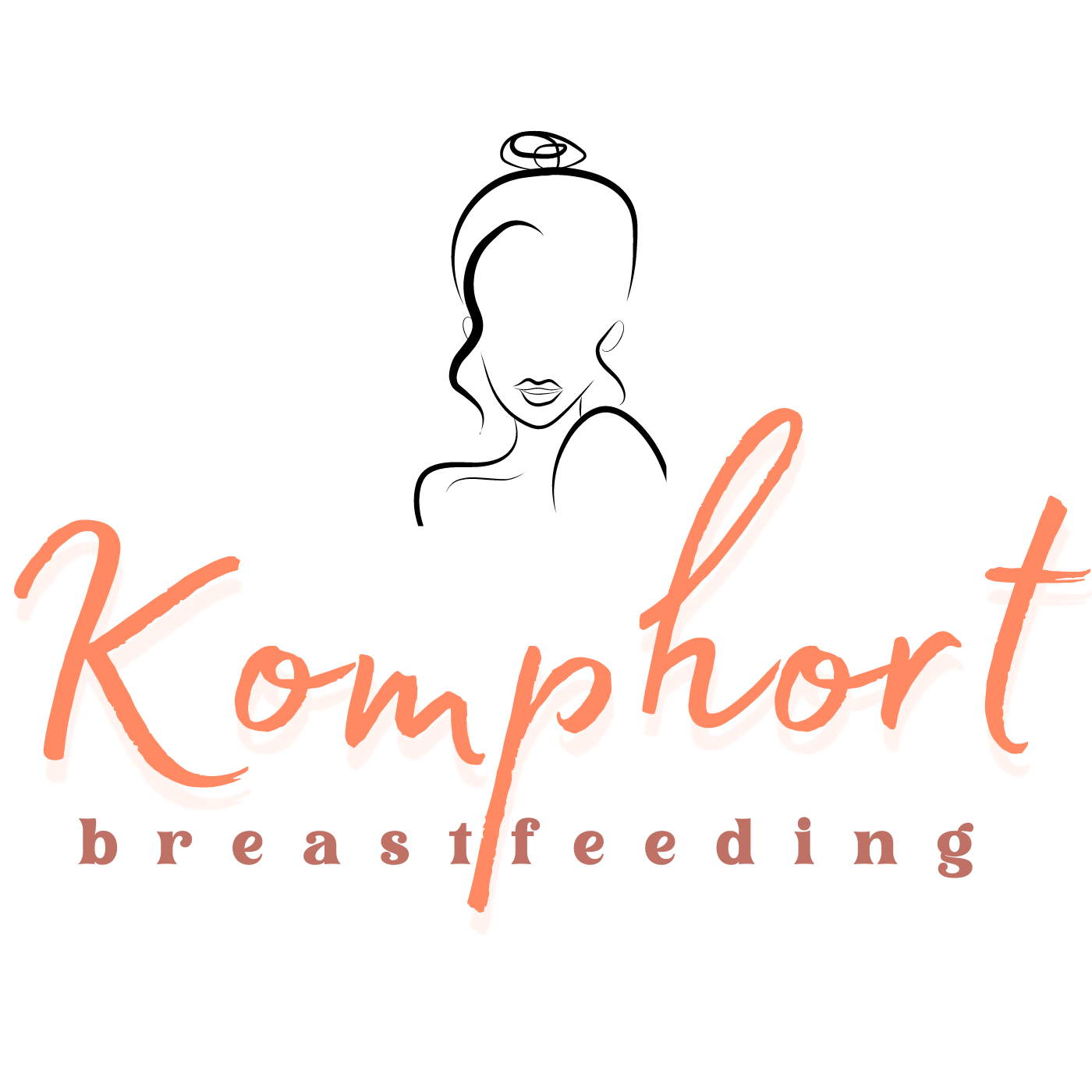Experience with breastfeeding can sometimes involve breastfeeding pain, which can feel overwhelming, especially for new mothers. Understanding the causes of breastfeeding pain is essential for managing soreness and maintaining breast health. To help manage this, following some effective breastfeeding pain tips can be incredibly beneficial.
Diverse factors can lead to this discomfort, including improper latching, which often results in sore and painful nipples. As your baby learns to feed, the latch might not be perfect, causing soreness. Additionally, breasts can become engorged when they’re overly full, adding to the discomfort. Knowing the cause of your breastfeeding pain can significantly improve your nursing experience and overall health.
Understanding Breastfeeding Pain: Causes and Essential Tips for Relief

Breastfeeding pain also occurs because of particular health conditions such as mastitis, an infection of the breast tissue, characterized by painful, swollen breasts. Thrush, a yeast infection, can also cause sore nipples, making breastfeeding uncomfortable. Identifying these issues is crucial for addressing discomfort effectively.
By understanding breastfeeding pain and its causes, you empower yourself to take active steps toward relief. Whether it’s pain from sore nipples or engorged breasts, acknowledging the root cause is the first step. Recognizing when breastfeeding discomfort turns from a temporary issue to a sign of a deeper health problem is vital, and knowing when to seek assistance can make all the difference in creating a more pleasant breastfeeding journey for both you and your baby.
Common Issues Leading to Discomfort: Breastfeeding Pain Tips for Relief

Breastfeeding is a rewarding journey, but it’s not uncommon for mothers to encounter pain or discomfort. One of the most common issues that can lead to painful nursing sessions is improper latching. When the baby doesn’t latch on correctly, it can put undue pressure on the nipples, leading to soreness and discomfort. Another cause of discomfort can be engorgement, where the breasts become overly full and painfully swollen. This may happen if the baby isn’t feeding effectively or there’s a gap in feeding schedules.
Cracked or sore nipples can also be a common issue for new mothers. This soreness can be exacerbated by frequent nursing, especially if the baby has a strong suck or if the mother has sensitive skin. Additionally, blocked milk ducts can cause painful lumps and tenderness in the breasts. Health conditions like mastitis, which is an infection in the breast tissue, can also lead to acute pain and fever.
It’s crucial for mothers to recognize these common pain triggers to address them promptly and effectively. Maintaining good overall health can help alleviate some of these issues. Simple solutions, such as adjusting nursing positions, ensuring the baby has a proper latch, and seeking expert advice, can greatly reduce discomfort and improve the breastfeeding experience for both mother and baby.
When to Seek Professional Help
Breastfeeding is a journey full of discoveries and challenges. It’s completely normal to face issues like pain and discomfort. However, there are moments when seeking professional help becomes crucial. A lactation consultant or healthcare provider can offer tailored support and guidance, especially if you’re experiencing persistent pain in your nipples or other unexpected issues.

Pain that doesn’t subside with usual remedies, engorgement, blocked ducts, or cracked nipples are signs you might need professional intervention. Experts like a lactation consultant can assist you in navigating complex breastfeeding challenges, ensuring both you and your baby maintain optimal health. The NHS is a reliable source to consult for additional resources on breastfeeding pain and related concerns. They may recommend a qualified consultant, offering advice tailored to your specific situation.
It’s essential not to ignore signs that necessitate reaching out to professionals for help. Remember, early intervention from healthcare providers can prevent minor issues from escalating. Seeking professional help isn’t a sign of failure; it’s a proactive step toward achieving a more comfortable breastfeeding experience. If breastfeeding pain leads to significant distress, don’t hesitate to consult a lactation expert. Their support might be just what you need to enjoy the beautiful journey of motherhood with confidence and comfort. Reach out and let the experts guide you through your breastfeeding story.
Effective Tips for Alleviating Breastfeeding Pain
If you’re experiencing breastfeeding pain, these effective tips can help you find comfort and relief. One of the first steps to relieve pain is ensuring your nursing position is comfortable. Proper positioning can significantly reduce breast and nipple soreness. You might want to use supportive cushions to alleviate any strain on your back or neck, enhancing your overall comfort. It’s essential to pay attention to your baby’s latch.

A poor latch is a common cause of nipple pain; adjusting the latch can effectively decrease soreness and discomfort. Taking care of your hands is also vital since they’re essential tools in supporting and guiding your baby during breastfeeding sessions. Keeping your hands clean and moisturized prevents additional irritation.
Using a warm compress on your breasts before nursing can help soothe any initial pain, and it encourages milk flow, which can be beneficial for both you and your baby. Post-nursing soothing techniques, such as applying nipple creams, can help alleviate soreness and provide comfort between sessions. Remember, these tips are here to support you on your breastfeeding journey, helping you find relief and providing a more enjoyable nursing experience for you and your little one.
Proper Latching Techniques
Proper latching techniques are essential for a comfortable and fulfilling breastfeeding experience for both mother and baby. Ensuring the correct position can significantly reduce soreness and prevent painful nipples.

To start, aim for the baby’s mouth to cover a large portion of the areola, not just the nipple. This helps establish a deep latch, which is key to effective nursing and minimizes feeding problems. It’s important that the baby’s position allows his mouth to open wide, taking in more than just the nipple. This reduces pressure and stress on the nipples, preventing soreness and chafing.
Pay attention to the positioning; the baby’s mouth should be in line with the nipple, and the chin should touch your breast. This technique ensures that the latch is deep and comfortable. If you’re experiencing nipple soreness, adjusting the latch can often solve the problem. Remember, if breastfeeding continues to be painful despite trying these tips, don’t hesitate to seek professional advice.
Many lactation consultants can provide personalized guidance tailored to you and your baby’s needs. Good latching techniques ensure effective feeding and enhance your nursing experience, making it more enjoyable and less stressful. The right latch doesn’t just ease the immediate pain; it sets the foundation for a successful breastfeeding journey. Whether you’re a new mom or have experience, mastering these techniques can make all the difference.
Using Medela Products for Comfort
When navigating the journey of breastfeeding, comfort is key, and Medela products are designed specifically to relieve common challenges. Finding the right breast pump can make a world of difference. Medela offers both manual and electric breast pumps, allowing you to effortlessly express milk and ensure your baby gets all the nutrients they need. Whether you’re pumping at work or home, the electric models provide ample milk supply while prioritizing nursing comfort.

They are gentle on your breasts and nipples, making your pumping experience as smooth as possible. Sore nipples can turn an otherwise joyful bonding time into something uncomfortable, but with Medela’s nipple shields and creams, you can find the relief you need. These products are crafted to protect your breasts, allowing you to continue nursing without unnecessary pain. Each product is thoughtfully designed with your needs and your baby’s well-being in mind. Utilizing Medela products helps you build a sustainable routine, especially when pumping becomes a regular part of your day.
Consider incorporating these solutions into your breastfeeding journey to maintain comfort and optimize milk production. Whether you’re new to nursing or have been at it for a while, Medela’s range of products makes a noticeable difference, offering comfort and ease, helping both mother and baby thrive.
More Breast Pumps Here: The Top Breast Pumps That Moms Swear By
Nutritional Considerations: Ensuring Sufficient Milk Supply
When you’re breastfeeding, ensuring your milk supply is sufficient is one of your top priorities. It’s essential to consider how your diet impacts lactation. A well-balanced diet, rich in nutrients, plays a crucial role in boosting milk production and providing the necessary energy for both you and your baby. Including foods like oats, fenugreek, and garlic can enhance your lactation process.

Additionally, staying hydrated is vital, as water aids in efficient milk production. Some mothers find it helpful to consult with a nutritional consultant who can offer personalized tips tailored to your specific needs, ensuring you’re doing everything possible for a sufficient supply of breast milk.
Understanding how nutrition affects breastfeeding can also help alleviate any anxieties about feeding. Consuming omega-rich foods like salmon and flaxseeds not only aids in producing milk effectively but also supports your baby’s brain development. Leafy greens and nuts are excellent choices as they’re packed with essential vitamins and minerals that can contribute to a robust breast milk supply. Modern moms often seek advice on dietary considerations to boost milk production naturally—having a guide with helpful tips can be a true advantage.
Remember, every mother’s body is different, and finding the right nutritional balance for you and your baby is key to a successful breastfeeding journey. With attention to diet, love, and care, you’ll find that your body is equipped to nourish your little one abundantly.
Dietary Tips to Boost Milk Production
Boosting milk production can be a concern for many nursing mothers, but incorporating the right dietary habits can make a significant difference. Adequate nutrition is vital to ensure a sufficient supply of milk for your baby, allowing you to continue breastfeeding comfortably. Foods rich in healthy fats, such as avocados, nuts, and seeds, can enhance your milk supply while offering essential nutrients for your baby’s growth.

Additionally, staying hydrated is crucial—it’s recommended for lactating mothers to drink plenty of water daily, ensuring their bodies produce enough milk. Oatmeal is another excellent option and a well-known lactation booster that many women swear by. Including fruits like papaya and leafy greens like spinach in your diet can further help improve milk production, rich in vitamins that support lactation. Avoid caffeine and overly processed foods, which can affect your milk supply negatively. Herbal teas like fenugreek and blessed thistle are also commonly suggested for enhancing milk production, though it’s best to consult with a healthcare professional before trying new supplements.
Read: How Diet Affects Breast Milk
Remember, every woman’s body responds differently to various foods, so it might take some experimenting to find what truly works for you. By integrating these dietary tips into your routine, you can effectively relieve any concerns about meeting your baby’s nutritional needs and enjoy a smoother breastfeeding journey.
Free Resources for Breastfeeding Mothers
At Komphort Breastfeeding, we’re dedicated to providing moms-to-be, new mothers, and those caring for young children with a wealth of free resources. A key part of our mission is to offer support and essential tips that make breastfeeding a comfortable and rewarding experience. If you’re facing challenges, our knowledgeable lactation consultants are here to guide you through.
Whether you’re just beginning your breastfeeding journey or you’ve encountered bumps along the way, our resources are designed to provide the help you deserve. Understanding how breastfeeding impacts your overall health is crucial, and our NHS-endorsed information ensures you’re well-informed. We know maintaining a sufficient milk supply is often a concern, so we’ve gathered effective dietary tips to help support and boost milk production. Ensuring you’re comfortable and avoiding common pain points is a priority, and with support from trusted providers like Medela, we offer real solutions. You don’t have to navigate breastfeeding challenges alone.

More Breastfeeding Pain Tips? Click here to download this resource for free.
Our supportive community is here to back you up every step of the way, making sure you have access to the resources you need. With a comprehensive approach to breastfeeding, embracing the helpful tips and guidance from Komphort Breastfeeding could make all the difference. Join us, and feel supported by a resource network committed to your breastfeeding success and comfort.
Preparing for a Baby: Creating a Comfortable Feeding Environment
Preparing for a baby means understanding that creating a comfortable feeding environment is a top priority. Anticipation and careful planning play key roles in ensuring an effortless start to your breastfeeding journey. Design a cozy space dedicated to breastfeeding where both mother and baby feel relaxed, which ultimately supports the baby’s health and comfort. Your feeding area should have a comfortable chair with good back support to help you settle into an ideal position, easing breast discomfort and promoting milk flow.

Consider keeping a table nearby to hold necessary items such as snacks, water, and a clock to keep track of feeding times. Adequate preparation includes making sure the space around you feels pleasant since a positive environment contributes to the baby’s wholesome development. Keeping the area quiet and minimizing distractions can help both mother and baby focus on feeding, further enhancing comfort. Investing in items that relieve tension, like a nursing pillow, can help provide essential support.
It’s crucial to maintain an upright posture to encourage optimal milk flow, ensuring the baby feeds efficiently. By creating a thoughtfully organized and soothing space, you not only prioritize the supportive environment needed for successful feeding but also the holistic health of both mother and child. Remember, this nurturing environment greatly assists in relieving breastfeeding challenges and provides the comfort necessary for a rewarding experience.
Setting Up a Nursing-Friendly Space
Creating a comfortable nursing space at home is essential for both you and your baby. A well-prepared environment can make a significant difference in your breastfeeding experience. First, choose a quiet room where you can focus on feeding your baby without interruptions. This space should be inviting and serene, a place where both mother and baby feel at ease.

Set up a dedicated corner with a comfortable chair or a nursing pillow that offers ample support during lactation. Having a specific place for nursing sessions helps create a routine and reinforces a relaxing atmosphere. Be sure to equip this space with essential breastfeeding tools such as nursing pads, a water bottle, and other items within arm’s reach to minimize disruptions. Soft lighting can also enhance the environment, making the room feel warm and nurturing. Consider adding soothing sounds or music to help you relax more easily while feeding.
Remember, a well-organized nursing space enhances the overall feeding experience by making it comfortable and efficient. Don’t forget to personalize this area with items that bring you joy and comfort, as they’ll reinforce positive feelings during each nursing session. By preparing your space thoughtfully, you’ll establish a comfortable and nurturing environment, setting the stage for a successful breastfeeding journey.
Breastfeeding Pain Tips + A Helpful Guide for New Moms
If you’re looking for practical breastfeeding pain tips, A New Mom’s Guide to Breastfeeding is here to help! Written by a nurse and certified breastfeeding therapist, this easy-to-follow ebook covers everything from latching techniques to feeding schedules and overcoming common breastfeeding struggles.
With 40 pages of expert advice, you’ll gain confidence in your breastfeeding journey while learning how to make it a more comfortable and enjoyable experience.

📖 Grab your copy today and get the support you need to breastfeed with ease!
Ready to Unlock More Parenting Secrets?








